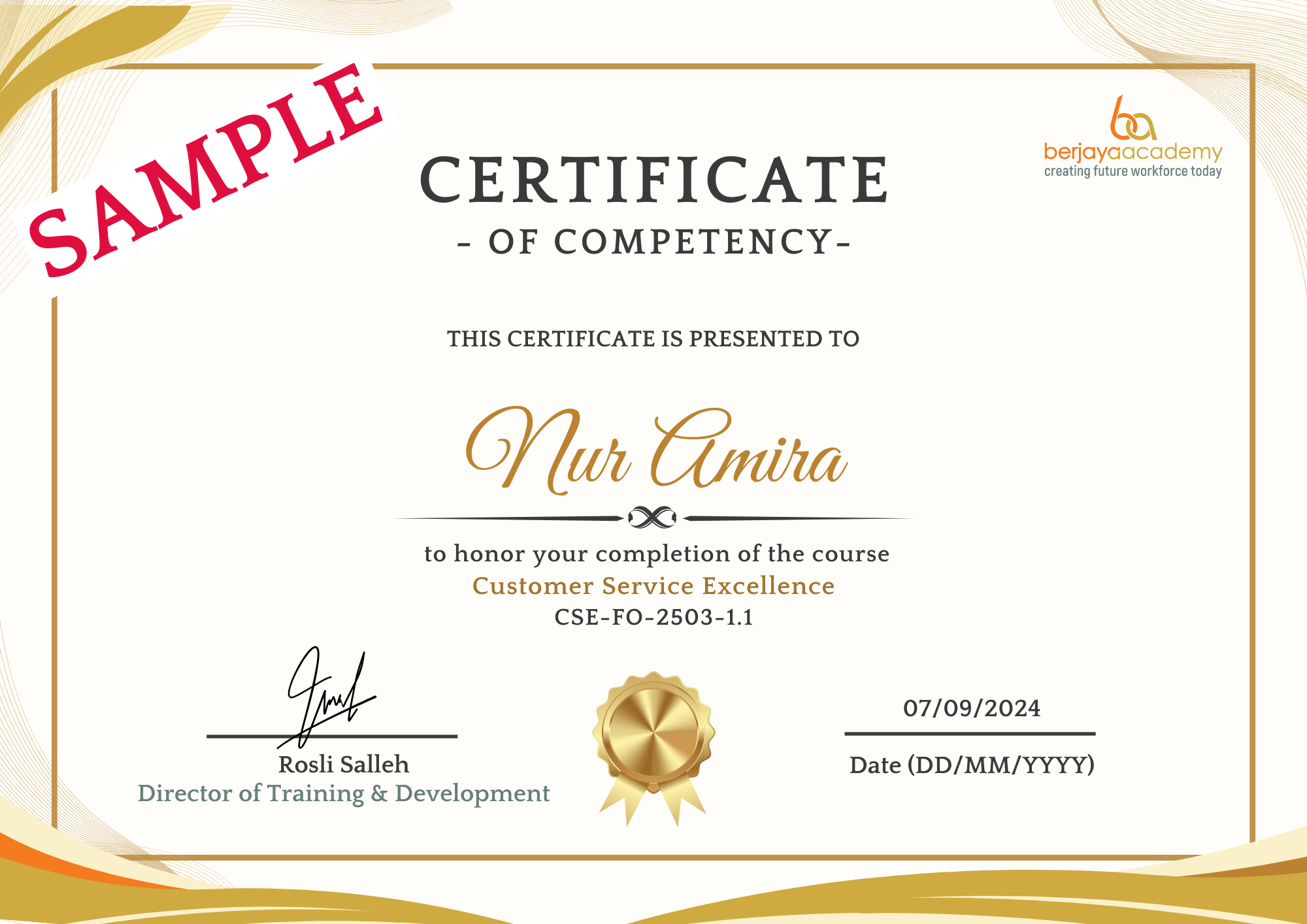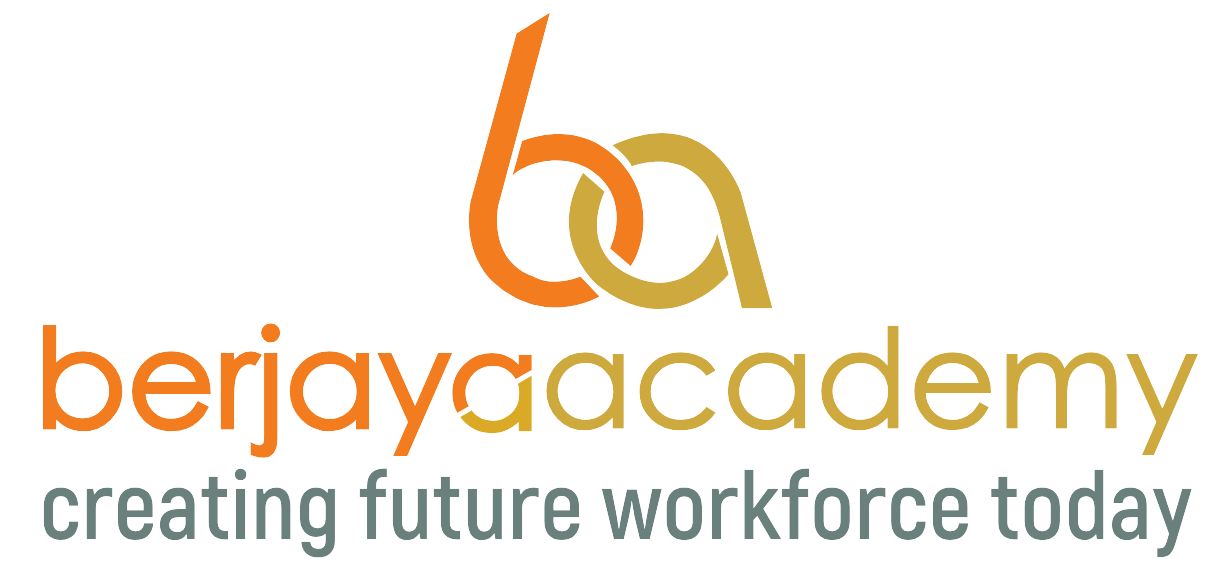
Course Details
Course Title: Food Safety and Hygiene
Course Code: FSH-FB-2503-1.1
Course Accreditation
Accreditation Type: Certificate of Competency
Course Duration
Total Course Hours: 8 hours (1 day)
Course Fee
Total Course Fee: S$180/pax
Funding Available (If Applicable):
- Training Industry Professionals in Tourism (TIP-iT)
- NTUC Company Training Committee (CTC) Grant
Summary
Topics:
- Personal hygiene and cleanliness standards for staff.
- Proper food handling and storage techniques.
- Prevention of cross-contamination.
- Understanding and implementing HACCP (Hazard Analysis and Critical Control Points)
Safety Aspect:
- Ensures food served is safe for consumption, minimizing the risk of foodborne illnesses.


Learning Objectives and Learning Units for Food Safety and Hygiene
Learning Objectives:
By the end of this module, learners will be able to:
- Understand and apply personal hygiene and cleanliness standards for staff to ensure a safe food handling environment.
- Demonstrate proper food handling and storage techniques to prevent contamination and ensure food safety.
- Implement procedures to prevent cross-contamination in the kitchen and food preparation areas.
- Understand and apply HACCP (Hazard Analysis and Critical Control Points) principles to identify and mitigate food safety hazards.
Learning Units:
Unit 1: Personal Hygiene and Cleanliness Standards for Staff
- The importance of personal hygiene in preventing foodborne illnesses
- Proper handwashing techniques, including when and how to wash hands effectively
- Use of appropriate PPE (e.g., gloves, aprons, hairnets)
- Managing personal cleanliness, including uniforms and grooming
- Procedures for dealing with illness and injury to maintain food safety
- Cleanliness standards for food preparation areas and equipment
Unit 2: Proper Food Handling and Storage Techniques
- Temperature control for perishable foods: Hot holding, cold storage, and freezing
- Correct methods for defrosting, cooking, and reheating food
- Safe handling and preparation of raw and cooked foods
- Food storage practices to prevent spoilage (e.g., FIFO – First In, First Out)
- Storing food at safe temperatures to avoid bacterial growth
- Labeling food with expiration dates and rotation for stock management
Unit 3: Prevention of Cross-Contamination
- Identifying sources of contamination in the food preparation process
- Procedures for separating raw and ready-to-eat foods
- Techniques for using separate utensils and equipment for raw and cooked foods
- Proper cleaning and sanitizing of food preparation surfaces
- Preventing cross-contamination during food delivery and service
- Training staff on awareness and practices for reducing contamination risks
Unit 4: Understanding and Implementing HACCP (Hazard Analysis and Critical Control Points)
- Introduction to HACCP and its importance in food safety
- Understanding critical control points (CCPs) and their role in food safety
- Steps for conducting a hazard analysis and identifying food safety risks
- Developing and monitoring control measures at CCPs
- Documentation and record-keeping to comply with food safety standards
- Auditing food safety practices and continuous improvement
